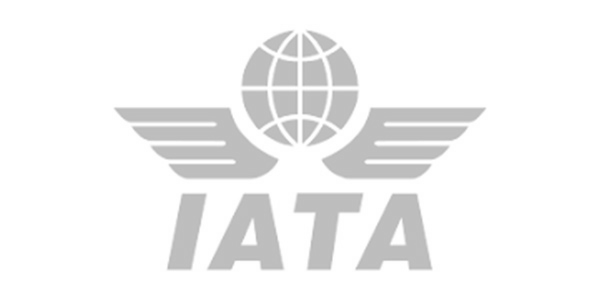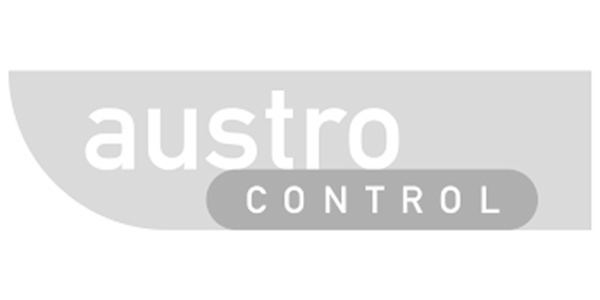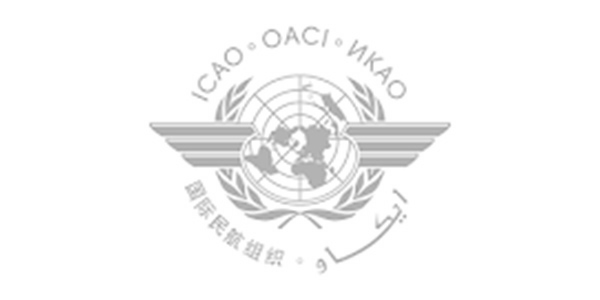
Reference

Reference

Reference

Safety Managment System
SMS - A systematic approach to managing security, including the necessary organization, responsibilities, procedures and processes.




WHAT ARE THE COMPONENTS OF AN EFFECTIVE SAFETY MANAGEMENT SYSTEM (SMS) FOR DRONES?
1.
SAFETY POLICY & OBJECTIVES
Management Awareness
Structure of SMS organization
Nomination of key personnel
Emergency Response Plan (ERP)
SMS documentation (manuals)
Definition of safety goals
2.
SAFETY RISK MANAGEMENT
Analysis of operational concepts
Implementation of proactive, reactive and predictive threat detection methods
Risk Assessment
Risk Minimization
3.
SAFETY ASSURANCE
Establishment of KPIs
Monitoring of flight operations
Audits and Inspections
Change Management
Constant improvement of the SMS
4.
SAFETY PROMOTION
Safety Trainings
Reporting
Improving the safety culture
Safety Marketing and Campaigns
Safety Communication
Safety
Performance
fewer
incidents
MORE TIME
IN THE AIR
more
trust
The complexity of an SMS does not depend on the size of the organization,
but is rather determined by the level of operational risk of the drone flights.
Maintaining an SMS, even for drone operations that have no obligation to do so, is a testament to the UAS operator's sense of responsibility and dedication to safety. An SMS is essential to operate for specific industries such as mining and offshore, or for use cases in many government sectors.
It is also a requirement for very complex and high-risk drone operational scenarios (SAIL IV ) and useful when flying in mountainous and populated areas as well as in non-separated and controlled airspaces.
It is a prerequisite for the application for operator certification, such as the LUC ("Light UAS Operator Certificate") in the EASA area. An SMS helps to develop a safe and sustainable drone operation business model and reduces direct costs through damage and penalties and indirect costs such as insurance fees and reputation in the market.
SAFETY
The state in which risks associated with drone activities are reduced to an acceptable level during the preparation or execution of UAS flights.
It enables existing dangers and safety-relevant factors to be identified, corrective measures to be developed to reduce the risk, and the processes to be controlled to ensure safe operation over the long term.
Safety Management is a holistic and collaborative approach to proactively and proactively identify, evaluate and control risks before they can result in a UAS accident or incident.
It enables economic and further business development decisions to be made using clear communication channels, processes and procedures. It helps to uncover the dangers and risks of change management.
The absence of evidence of danger
is not synonymous with the absence of danger.